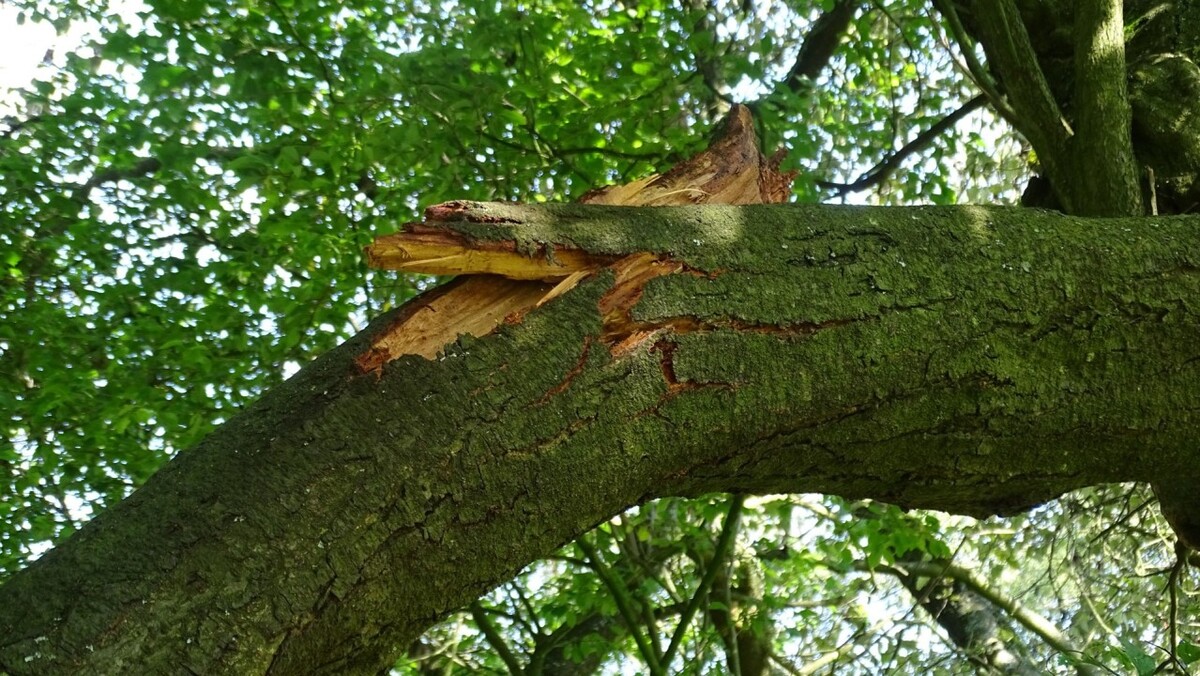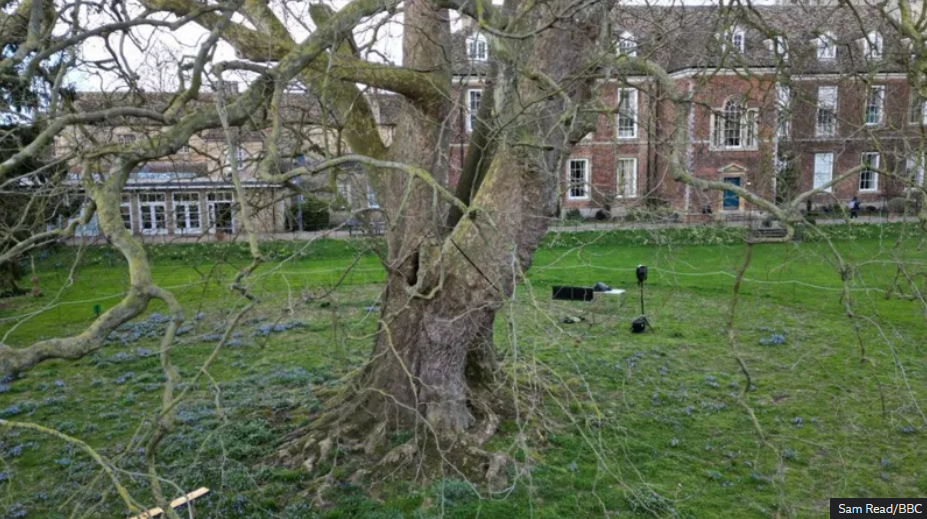Blog
Showing Entries with tag "Tree Health"
Close
Entry Tags (36 found)
Arboriculture Biomechanics Buckeye Yard and Garden Line Business Client Communications Consulting Deep planting Drought Emerald Ash Borer Environment Events Garden Professors Blog Garden Rant Blog General Global warming and climate change Horticulture In The Garden With Ron Wilson Inspirational Invasives Local Horticulture Native Plants Nature Phenology Plant Health Care Pollinators and Bees Pruning Recommended trees, shrubs, and plants Ron Wilson Online Root flares Safety Sustainability Tree Health Tree planting Tree Preservation Tree Risk Assessment Weather Related
Ohio Tree Planting Guide
APR 3, 2025

Risks From Trees - a short discussion
MAR 19, 2025

Tree will be helped with new technique in UK first
MAR 19, 2025








